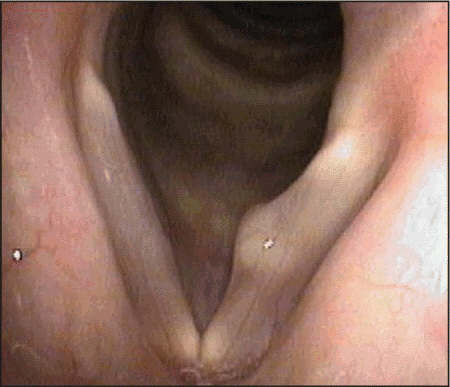
Explore This Issue
October 2009Dr. Ossoff said it might look like an easy procedure, but it probably wouldn’t be. It looks like it should come out easily, he said. It’s like shucking a clam or shucking an oyster. But when you do that there’s always a piece of flesh that stays on the shell and it doesn’t come out so easily. So don’t be seduced.
Dr. Koufman said she realized it was going to be a difficult case once she started the procedure. I realized it was really stuck there. I had just made a hole in it, and now it was decompressed and I had basically this huge fibrous nothing, she said. There was no subepithelial space. All there was was a scarred vocal fold, and digging it out would have just meant digging out all the scar, digging around in muscle. So I put a little deposteroid in it and quit.
I agree with that decision, Dr. Ossoff said. If you inadvertently get into it so early that you’re not going to be able to define it, I think it’s better to quit and start again another day than to try to do all this digging and leave things far worse than you found them.
Two months later, Dr. Koufman said, the patient developed polypoid changes on the good side.
Dr. Pitman said it is predictable that this will be a long road for the patient and that she should be prepared for that. She’s always had a bad voice, he said. When you see a cyst like that, even if everything goes perfectly, they’re still going to have a long recovery. He said it might be best to work on the area around the cyst to avoid a rupture at the very beginning of the procedure.
Dr. Koufman said the patient ended up with quite a good result but still has some polypoid changes.
Sometimes those polypoid changes actually aid the voice, Dr. Ossoff said. You have something to vibrate and that makes a huge difference. At first, I hated to see that but then I said, ‘That’s my helper.’
Case 3: Multiple Cysts
In another case, a 25-year-old businesswoman came to Dr. Koufman with glottal closure symptoms. One side was mostly cyst. On the other side was a partially removed, decompressed cyst (Figure 3). These are the ones I’ve agonized over, Dr. Koufman said.
Leave a Reply